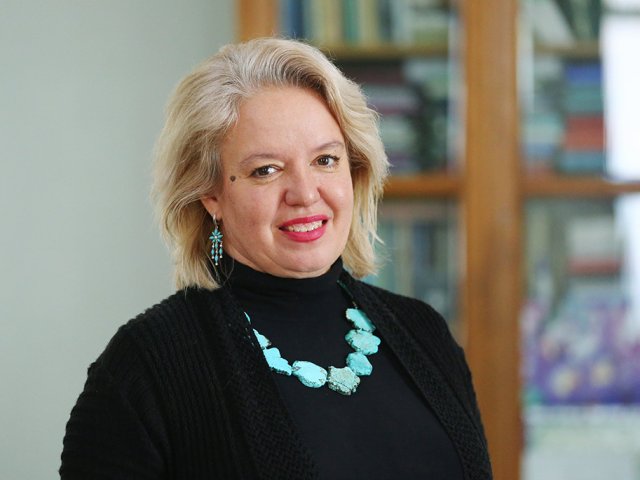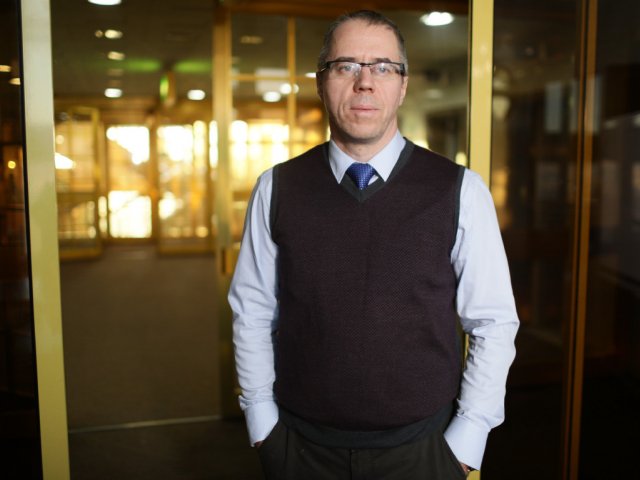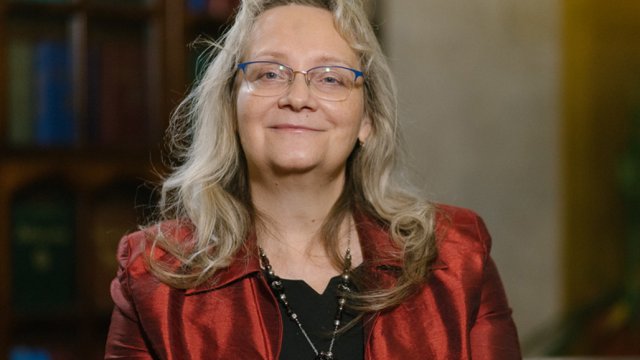Official:
Søren Aabye Kierkegaard May 5, 1813 – November 11, 1855. Danish religious philosopher and writer, the father of existentialism.
Life and Work:
1. “That I am an author who definitely will bring honor to Denmark is indisputable...” Kierkegaard was not mistaken. Today, he is listed among the ten most famous Danes in the world – along with the storyteller Andersen, the physicist Bohr and the Danish Prince Hamlet.
2. The Danish philosopher believed that creativity prolonged his life and compared himself to Scheherazade in this sense.
3. Søren Aabye is the youngest of seven children of the wealthy merchant Mikael Pedersen Kierkegaard, formerly a poor peasant. All that is known about the mother is that she was a servant in her future husband’s house.
4. The young Kierkegaard was strongly influenced by his father. His life was affected by the religious struggles of Mikael Kierkegaard, who went a long way from blasphemy to deep piety and managed to instill in its son a sense of guilt for mistakes he made in his youth.
5. At the age of six, Søren went to school. In autumn of 1830, at his father’s behest, Kierkegaard became a student of theology at the University of Copenhagen.
6. Kierkegaard was immediately dismissed from the Royal Life Guards, where all students were enrolled, due to his poor health. Physical infirmity, however, did not prevent carousing, going to the theater and drinking – in his youth, the future religious philosopher was not marked by too much piety.
7. Carousing and drinking quickly gave way to disappointment and depression, from which Kierkegaard was delivered by love. Fifteen-year-old Regina Olsen made a strong impression on the student, which turned out to be mutual. No woman has played such a role in the history of Western philosophy as Regina – this relationship had a drastic influence on Kierkegaard’s way of thinking and philosophy.
8. Three years later, Søren got engaged to Regina, but immediately questioned his ability to live in a marriage. In 1841, he broke the engagement for the sake of fulfilling his higher, as he believed, mission. Later, Kierkegaard compared his sacrifice to what righteous Abraham did to Isaac, when the patriarch received a corresponding call from God.
9. From his father, Kierkegaard inherited over 30 thousand riksdalers in securities, which allowed him not to care about money for the rest of his life and to pay for publishing all his works.
10. In the year of his father’s death, Kierkegaard plunged into theology and three years later, in 1841, defended his thesis On the Concept of Irony with Continual Reference to Socrates.
11. Kierkegaard wrote that the universal can perfectly get along with the individual characteristics of a person, without destroying them. At the same time, Kierkegaard compared the universal to fire, and individual characteristics to a burning bush.
12. Kierkegaard raised fear, which encyclopedias interpret as an emotion, to the category of philosophical concepts.
13. Among the fifteen volumes of his published works, it is customary to single out the ethical and aesthetic work Either/Or and the classic moral and philosophical book Fear and Trembling. “Oh, once I am dead, Fear and Trembling alone will be enough for an imperishable name as an author,” Kierkegaard wrote, and turned out to be right.
14. One of the most important in Kierkegaard’s legacy is the doctrine of the three stages of human existence, first formulated in Either/Or. Kierkegaard distinguished three stages of human existence, namely aesthetic, ethical and religious. According to these stages, Søren Kierkegaard divides people into four types: the layman, the aesthetician, the ethicist, and the religious person.
15. Søren Kierkegaard wanted to “clear the air,” to scrape away all illusions and all hypocrisy from Christianity, and to find a way back to “New Testament Christianity.” In the last years of his life, he criticized the church authorities and the Christianity they officially preached.
16. In addition to the large number of published works, there are many notebooks and diaries that Søren Kierkegaard kept from 1833 to 1855. From them, the interested reader will learn a lot of curious things about the philosopher’s life and work.
17. It is believed that Kierkegaard was an unhappy person. The list of diagnoses that modern researchers attribute to him is impressive: schizophrenia, epilepsy, Oedipus complex, masochism, narcissism, unconscious homosexuality, and manic-depressive psychosis.
18. Kierkegaard did not live a long life. In 1855, he collapsed in the street from nervous exhaustion and died in hospital a few weeks later.
19. Kierkegaard’s philosophical views were not popular during his lifetime and immediately after his death. The Danish classic’s philosophy was recognized in the 20th century, when his books were translated into German and read by K. Jaspers, M. Heidegger, L. Shestov, G. Marcel, and other adherents of existentialism – a new “philosophy of existence”, of which Kierkegaard is considered to be the immediate forerunner.






















